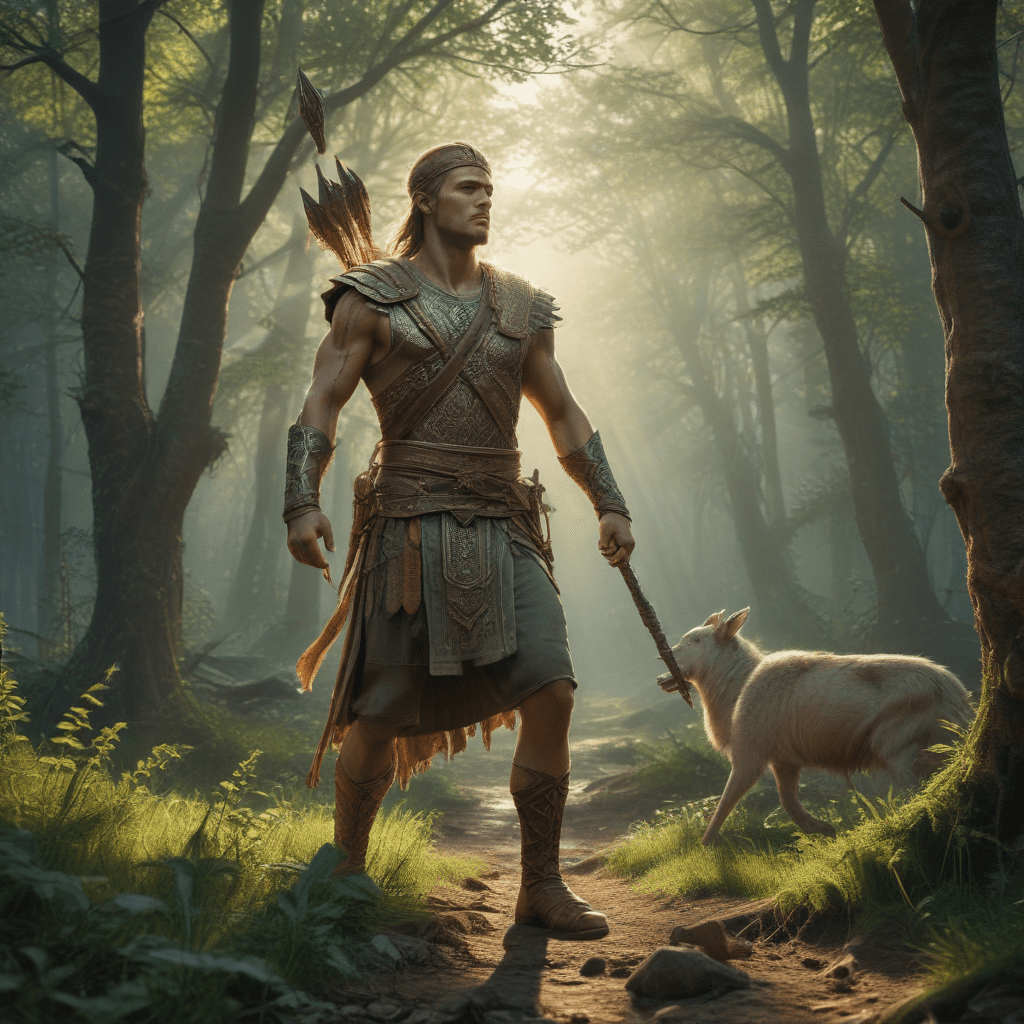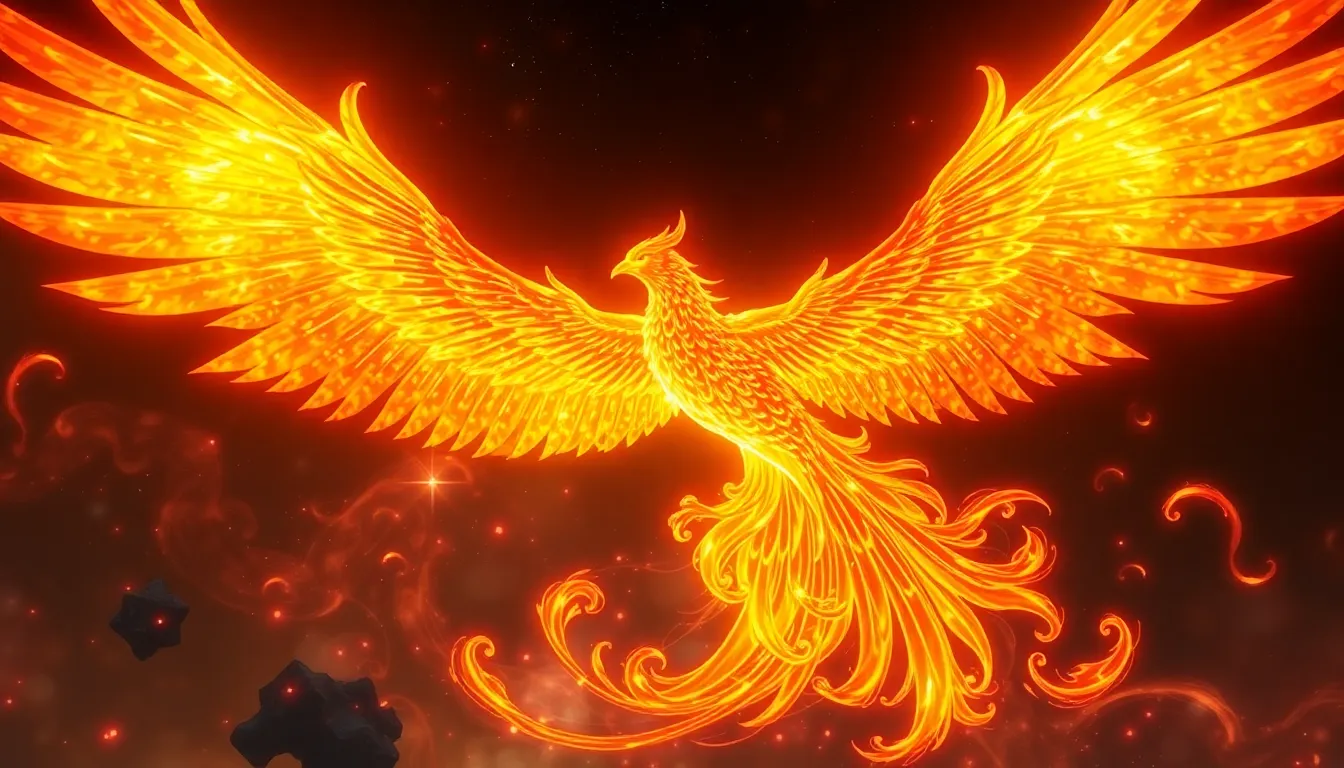Slavic Mythology: Tales of Survival and Adaptation
I. Introduction
Slavic mythology, an enigmatic tapestry of beliefs, deities, and rituals, holds a prominent place in the cultural heritage of Eastern and Central Europe. Its tales, passed down through generations, offer a rich insight into the struggles, triumphs, and beliefs of the Slavic people. Slavic mythology is not a monolithic entity; rather, it encompasses a diverse array of regional variations, each with its unique flavor and characteristics. Yet, amidst the diversity, common themes and motifs emerge, revealing a shared cultural identity.
II. Historical Context
The origins of Slavic mythology lie in the depths of prehistory, with roots in Indo-European mythology. As the Slavic tribes migrated and settled across vast territories, their beliefs and practices evolved, influenced by interactions with neighboring cultures, such as the Germanic, Baltic, and Finno-Ugric peoples. Christianity, introduced in the 9th and 10th centuries, left a significant imprint on Slavic mythology, leading to the syncretism of old and new beliefs.
III. Key Deities and Beings
Slavic mythology features a pantheon of gods and goddesses, each embodying specific aspects of nature and human life. Perun, the thunder god, was widely revered as the protector of warriors and the enforcer of justice. Veles, the trickster god, symbolized the underworld and wealth. Mokosh, the goddess of earth and fertility, played a vital role in agricultural rituals. Besides these major deities, a plethora of lesser gods, spirits, and mythical beings populated the Slavic worldview, each with its unique powers and domains.
IV. The Importance of Nature
Nature held a central place in Slavic mythology, reflecting the deep connection between the Slavic people and their environment. Forests, rivers, and mountains were believed to be inhabited by spirits and deities, demanding respect and reverence. The changing seasons, from the harshness of winter to the bounty of summer, were seen as a manifestation of the divine. Animals, too, played a significant role, with certain species associated with specific deities or possessing supernatural abilities.
V. Ancestral Traditions and Beliefs
Slavic mythology is deeply interwoven with ancestral traditions and beliefs. The veneration of ancestors, known as the cult of the dead, held great importance. Rituals and ceremonies were performed to honor the deceased and ensure their continued protection over the living. Folk customs, such as the celebration of solstices and equinoxes, were closely tied to mythological beliefs, providing a sense of continuity between the past and present.
VI. Themes of Survival
Slavic mythology abounds with stories and rituals associated with overcoming adversity. In a world marked by harsh winters, dangerous wildlife, and frequent conflicts, the Slavic people developed a resilience that is reflected in their mythology. Tales of cunning heroes outwitting formidable foes, wise women healing the sick, and the protection of ancestral spirits provided comfort and guidance in times of need.
VII. The Hero’s Journey
The hero's journey is a common archetype in Slavic mythology. These tales often follow a young hero as they embark on a quest to save their people or overcome a great evil. Along the way, they face numerous challenges and temptations, but through courage, determination, and the aid of supernatural beings, they ultimately triumph. These stories embody the Slavic values of perseverance, strength, and the importance of community.
VIII. Adaptation and Transformation
Slavic mythology is not a static entity; it has evolved and adapted over time, influenced by historical events and cultural exchanges. The arrival of Christianity, for instance, led to the syncretism of pagan beliefs and Christian practices, resulting in new myths and legends. Slavic mythology also absorbed elements from neighboring cultures, such as the Germanic and Celtic traditions. This adaptability has allowed Slavic mythology to remain relevant and meaningful to successive generations.
IX. Modern-Day Influences
Slavic mythology continues to exert a strong influence on modern-day culture. Its themes and characters have been reinterpreted and incorporated into literature, art, music, and film. Contemporary fantasy writers, such as Neil Gaiman and Andrzej Sapkowski, have drawn inspiration from Slavic mythology to create intricate and captivating worlds. Slavic mythology also finds expression in popular culture, with video games, television shows, and graphic novels featuring elements of this rich tradition.
X. Conclusion
Slavic mythology is a testament to the enduring human spirit in the face of adversity. Its tales of survival, adaptation, and transformation offer a profound insight into the values and beliefs of the Slavic people. From the thunderous wrath of Perun to the trickster antics of Veles, Slavic mythology continues to captivate and inspire, reminding us of the resilience, creativity, and interconnectedness of human existence.
FAQ
Q: What are the main themes of Slavic mythology?
A: Slavic mythology emphasizes themes of survival, adaptation, the hero's journey, and the importance of nature and ancestral traditions.
Q: Who are some of the most important deities in Slavic mythology?
A: Perun, the thunder god; Veles, the trickster god; and Mokosh, the goddess of earth and fertility are among the most prominent deities.
Q: How has Slavic mythology influenced modern-day culture?
A: Slavic mythology continues to inspire contemporary literature, art, music, and film, with its themes and characters being reinterpreted and incorporated into various creative works.




